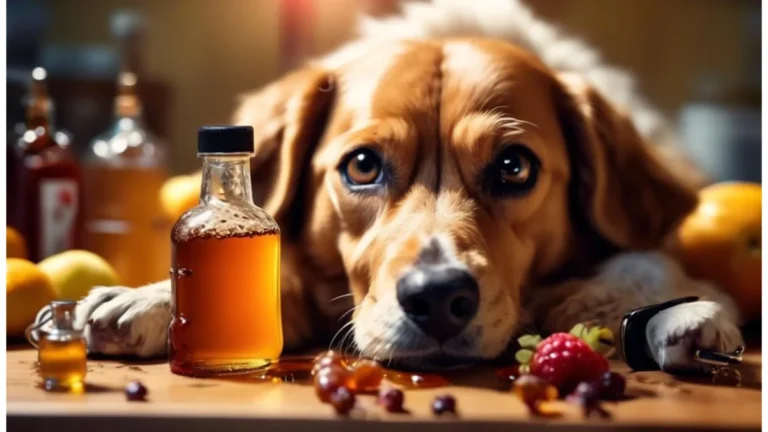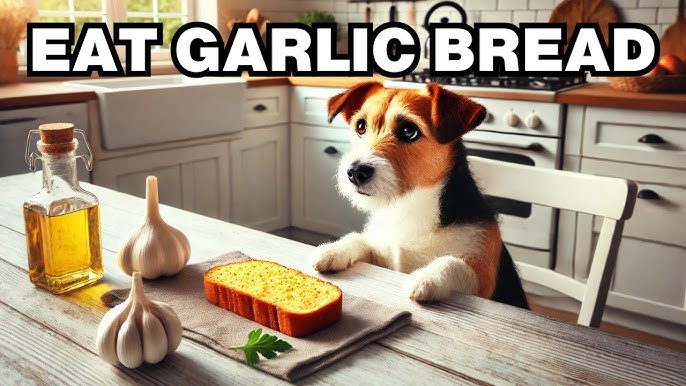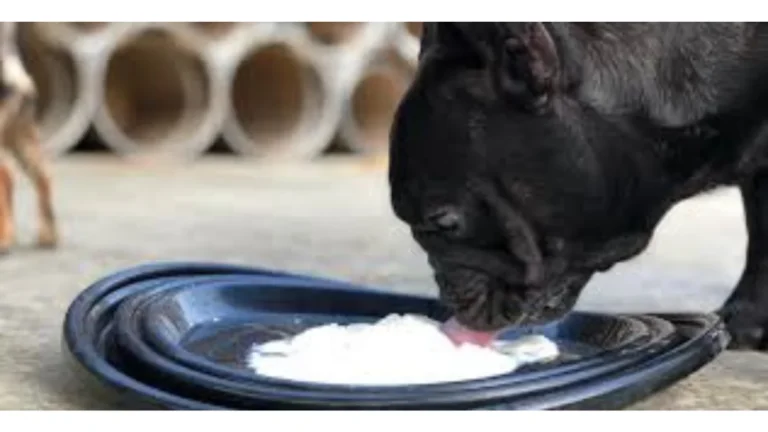Introduction:
Creating homemade dog food is a growing trend among pet owners who want to ensure their furry friends get the best nutrition possible. Many commercial dog foods can contain fillers, preservatives, or ingredients that aren’t ideal for your dog’s health. That’s why vet-approved homemade dog food recipes are an excellent alternative. In this guide, we’ll explore how to craft balanced meals for your dogs, backed by expert recommendations.
Why Consider Homemade Dog Food?
The Benefits of Homemade Dog Food
Switching to homemade dog food offers several advantages:
- Control Over Ingredients: You know exactly what goes into your dog’s meals, ensuring no harmful additives or allergens.
- Customization: Recipes can be tailored to meet your dog’s specific dietary needs, age, breed, or medical conditions.
- Freshness: Homemade meals are free of preservatives and often fresher than store-bought options.
For more insights into keeping your dog healthy, explore health issues in dogs to understand how diet plays a crucial role.
Risks of Commercial Dog Food
While many commercial dog foods meet the basic nutritional standards, some fall short. Low-quality brands may contain:
- Fillers with little nutritional value.
- Artificial colors and flavors.
- Poor protein sources.
Homemade dog food eliminates these risks when prepared correctly. Learn more about maintaining your dog’s health and finding trustworthy dog foods by visiting dog food resources.
Essential Nutrients in Homemade Dog Food
What Your Dog Needs in Every Meal
A balanced dog meal includes:
- Protein: Found in chicken, turkey, beef, or fish.
- Carbohydrates: Oats, rice, or sweet potatoes.
- Healthy Fats: Sources like fish oil or flaxseed.
- Vitamins and Minerals: Vegetables like spinach, carrots, and peas provide essential nutrients.
Learn more about tailoring meals for specific breeds by exploring dog breeds and their dietary needs.
Foods to Avoid
Certain foods can be toxic or harmful to dogs, such as:
- Chocolate
- Grapes and raisins
- Onions and garlic
- Excessive salt or sugar
For guidance on what’s safe, explore our detailed pet food recommendations on cat and dog foods.
Vet-Approved Homemade Dog Food Recipes
Recipe #1: Chicken and Rice Delight
Ingredients:
- 2 cups of cooked chicken (shredded)
- 1 cup of cooked rice
- 1 cup of steamed vegetables (carrots, peas, spinach)
- 1 teaspoon of fish oil
Directions:
- Combine all ingredients in a bowl.
- Mix thoroughly to ensure even distribution of nutrients.
- Serve in appropriate portions based on your dog’s size and age.
Recipe #2: Beef and Sweet Potato Stew
Ingredients:
- 2 cups of ground beef
- 1 cup of boiled sweet potatoes
- ½ cup of chopped green beans
- 1 tablespoon of olive oil
Directions:
- Brown the beef in a pan.
- Add cooked sweet potatoes and green beans.
- Mix in olive oil before serving.
For more recipe ideas, check out dog training and food preparation tips.
Tailoring Recipes for Specific Needs
Puppies, Seniors, and Special Diets
Puppies require higher protein and calorie content for growth, while senior dogs benefit from low-fat, high-fiber meals. Dogs with allergies or medical issues may require specialized ingredients. Consult a veterinarian for a customized plan and visit pet health care for general tips on dietary adjustments.
Ensuring Nutritional Balance
Supplements for Homemade Dog Food
Even with a balanced diet, some nutrients might be missing. Adding supplements like calcium, omega-3 fatty acids, or multivitamins ensures optimal health.
Professional Guidance
Before making the switch, consult your vet. Their insights ensure your recipes meet your dog’s unique nutritional needs. For more advice, explore our about us section and reach out to the team via our contact page.
Tips for Making Homemade Dog Food
Preparation and Storage
- Cook meats thoroughly to eliminate harmful bacteria.
- Use fresh, high-quality ingredients.
- Store unused portions in airtight containers in the refrigerator for up to three days.
For more practical tips, check out our guides on pet insurance and long-term care.
Homemade Food for Cats: What You Should Know
If you also have feline companions, consider their unique dietary needs. Cats require higher protein and specific nutrients like taurine. Visit cat food resources for more information.
FAQ:
Are homemade dog food recipes safe for my pet?
Yes, homemade dog food can be safe for your pet, especially when prepared with guidance from a veterinarian or pet nutritionist. Vet-approved recipes ensure that your dog is getting the proper balance of nutrients, including proteins, fats, vitamins, and minerals. However, it’s important to avoid common human foods that may be toxic to dogs and to follow portion sizes accurately to prevent overfeeding or nutritional imbalances.
Can I make homemade dog food without cooking?
Some homemade dog food recipes can be made without cooking, using raw ingredients that are safe for your dog. These raw recipes are often called “raw dog food” or “BARF” (Biologically Appropriate Raw Food). However, it’s important to consult a veterinarian before feeding your dog raw food to ensure it meets their nutritional needs and is safe for your pet’s health. Raw food diets may require specific precautions regarding bacteria and parasite control.
What are some essential ingredients in vet-approved homemade dog food recipes?
Vet-approved homemade dog food recipes typically include high-quality protein sources like chicken, beef, or fish, along with healthy carbohydrates such as sweet potatoes or rice. Vegetables like carrots, spinach, and peas add essential fiber and vitamins. Healthy fats from sources like olive oil or fish oil are also commonly included for skin, coat, and overall health. These ingredients are carefully balanced to meet your dog’s specific nutritional requirements. Always ensure to follow vet-approved recipes to avoid any deficiencies or excesses.
Final Thoughts:
Homemade dog food is a rewarding way to show your love for your pet while ensuring they get the nutrition they need. Always consult your vet and adjust recipes to meet your dog’s needs. For more pet care insights, explore our resources on cats, dogs, and beyond.




